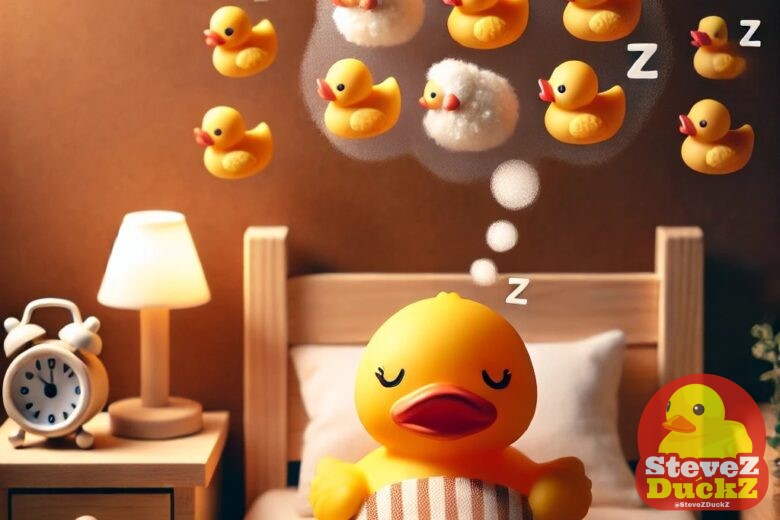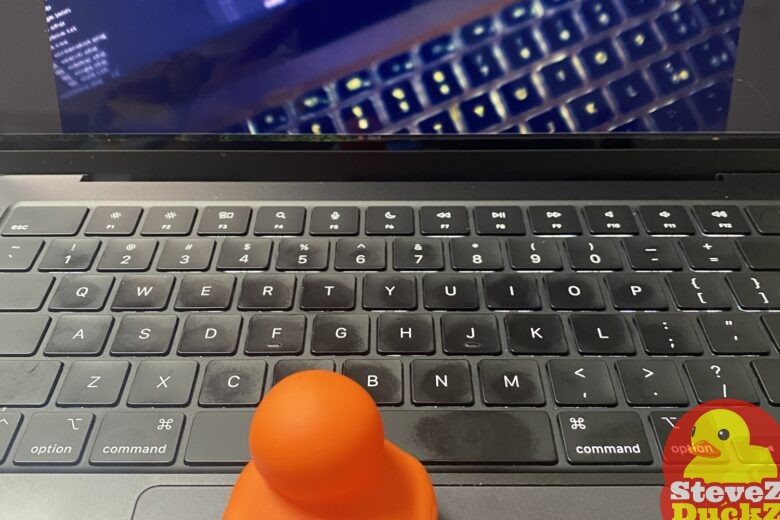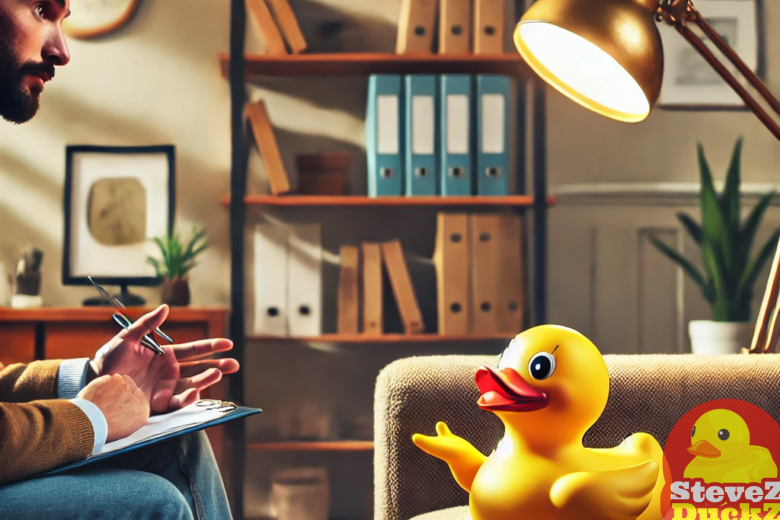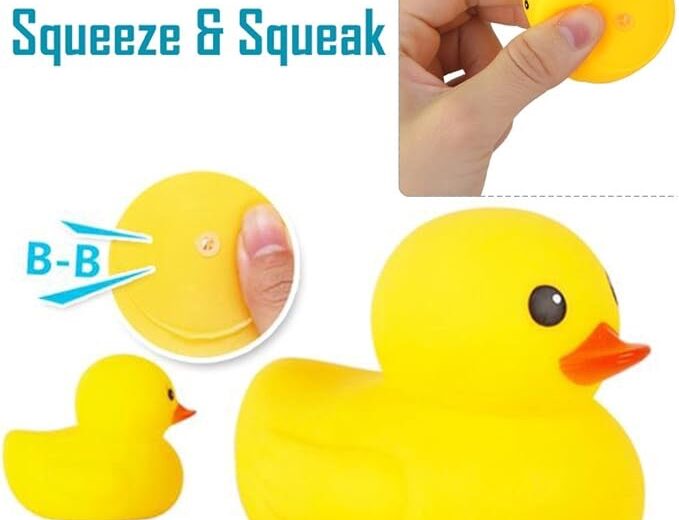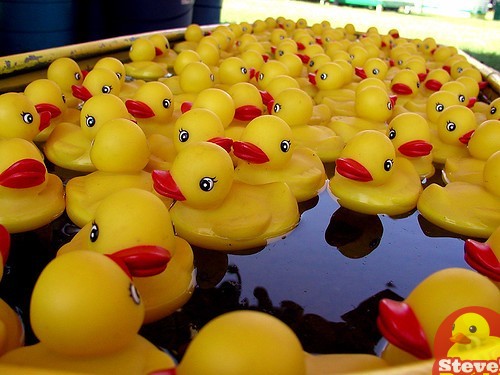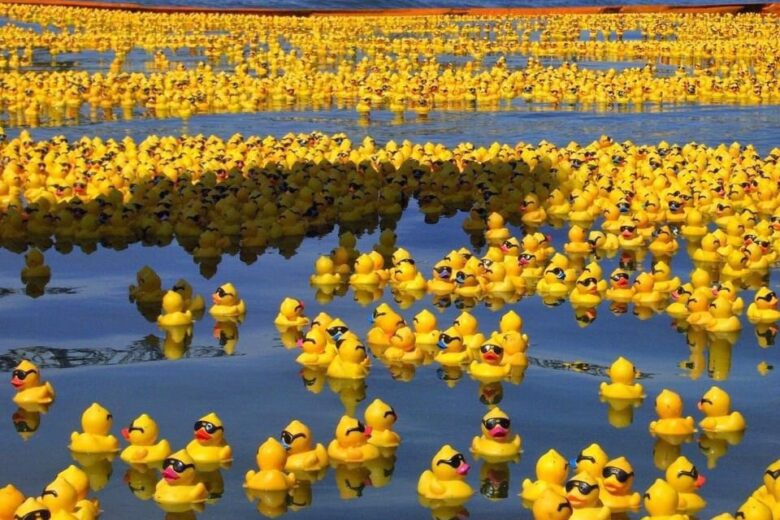Counting rubber ducks instead of sheep to fall asleep. When the lights go out and the day’s worries drift into your dreams, finding peace can sometimes be as elusive as catching lightning in a bottle. We’ve all heard of the age-old trick of counting sheep to lull ourselves into a serene slumber. But let’s be honest, those fluffy white blobs can get a little… monotonous. What if we infused a little whimsy into this practice? I present to you: counting rubber ducks instead of sheep to fall asleep!
Quack! Diving into the World of Rubber Duck Debugging
Rubber Duck Debugging — We’ve all been there. Staring at a screen full of code, the cursor blinking mockingly, a bug lurking somewhere in the depths of our meticulously crafted program. Frustration mounts, coffee consumption increases, and the urge to throw the keyboard out the window becomes almost overwhelming. But …
The Psychology of Rubber Ducks
The Psychology of Rubber Ducks — Rubber ducks. These bright rubbery, squeaky toys have been a staple of childhood for generations. But why do we love them so much? Is it simply nostalgia, or is there something more to our fascination with these seemingly simple toys?
The Science Behind the Squeak: Why Rubber Ducks Squeak
The Science Behind the Squeak: Why Rubber Ducks Squeak — Rubber ducks. These iconic bath time companions have been bringing joy to kids (and the young at heart) for generations. But have you ever stopped to think about what makes these simple toys so special? Sure, their cheerful colors and adorable designs are part of the appeal, but there’s something else that sets them apart: their signature squeak.
How rubber ducks float
How rubber ducks float — Rubber ducks are a classic bath time companion, but have you ever stopped to think about how they manage to stay afloat? It’s not just pure luck! Here’s the science behind why these cheerful toys bob instead of sink.
How Rubber Ducks Help Scientists Understand Ocean Currents
How Rubber Ducks Help Scientists Understand Ocean Currents — A Deep Dive into Maritime Drift Patterns. Rubber ducks, those cheerful companions of bath time, have unexpectedly become valuable tools for scientists studying ocean currents and maritime drift patterns. In a remarkable example of citizen science and serendipitous discovery, these unassuming toys have helped us better understand how the world’s oceans connect and influence our planet.

